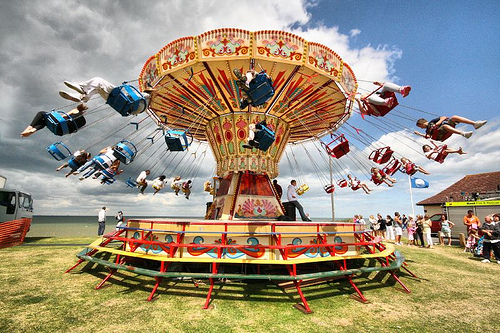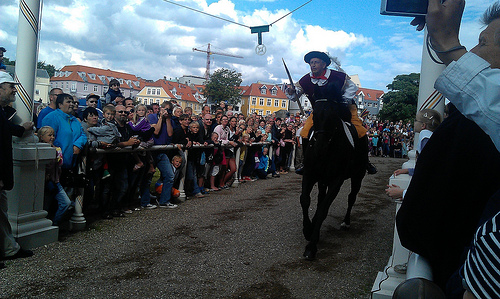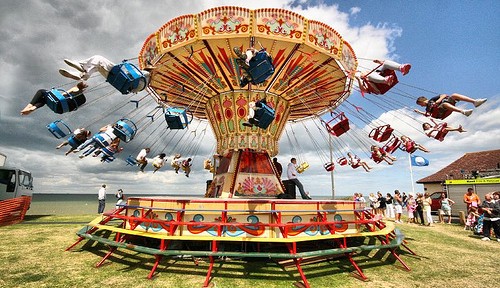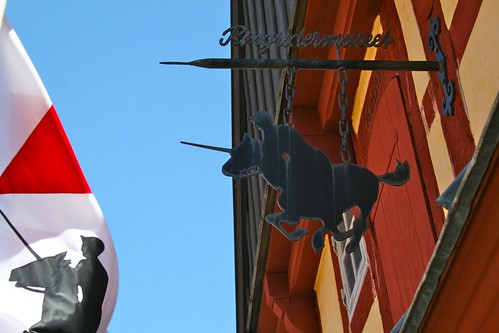Parties and celebrations are a mainstay of all cultures. They are what bring friends and families together, villages and nations. They are what we look forward to when we want to have fun. However, the way we have fun is where the differences start! We have already written about Danish festivities with family and friends. But what about village festivities?

I come from Malta, where village feasts are a big deal. The feasts there are connected to the feast of the local saint (or saints), with each village typically celebrating the feast of two saints for a week each year. During the feast week there are band marches, decorated streets and churches (remember that these are religious feasts first and foremost) and fireworks – LOTS of fireworks, both aerial and ground fireworks. There is often ongoing rivalry between different feasts in the same village or nearby towns, which means that the festivities often get bigger every year as they try and outdo each other.
Coming from this background I consider such feasts and festivals to be a time when the people from a town or village really get together to organise the best party they can. Every day during the feast week people are on the streets of the village walking and talking to each other, visiting each other and just enjoying the atmosphere. The aim is to see people and be seen. It is like a family party, just on a bigger scale!
In Sonderborg, however, the village celebrations seem to be organised from a slightly different perspective. Sonderborg has two main village celebrations each year, none of which are connected to any religious event. First there is the Byfest, or town festival, during the Ascension weekend. The Ringridning festival, or Tilting-at-the-Rings festival, is then at the beginning of July.

Unlike in Malta, these festivities do not seem to be centred around people meeting and talking to each other as the primary aim. The byfest is organised by sport-related societies in order to raise money. On visiting the byfest I was very surprised to see funfair rides and stalls as the main focus point of the feast. It seemed that the point of the celebration was to get people to do stuff (and, of course, pay for stuff).
The Ringridning celebration is slightly different. This appears to be the main village festivity, although it is first and foremost a tilting at the rings competition that has developed into a colourful and joyful celebration that has spilled over to people in the area. Again there are funfair rides on the grounds, though this is not the main focus.

So what are my feelings?
I, of course, have grown up with the Maltese style of village celebrations, so that is what I expect and think of first and foremost when I think of village celebrations. I must admit I left the byfest feeling sad, missing the camaraderie of Maltese feasts, where the entertainment (fireworks, decorations, band marches) are all occurring on the streets, free for everyone to enjoy. I missed feeling that as a inhabitant of Sonderborg this is MY feast as well, rather than a spectator enjoying a show, or someone who is an easy target for being made to spend money on the rides.
Of course, not everyone agrees with me. Just as I am a foreigner living in Denmark, there are foreigners living in Malta. And one of them has written a blog post about village feasts in Malta. Do go over and read what her opinion is! Let’s just say that her and I don’t necessarily see eye-to-eye on this topic ;).
Lighted church photo by Michael Camilleri
Funfair photo by Linda Cronin.










